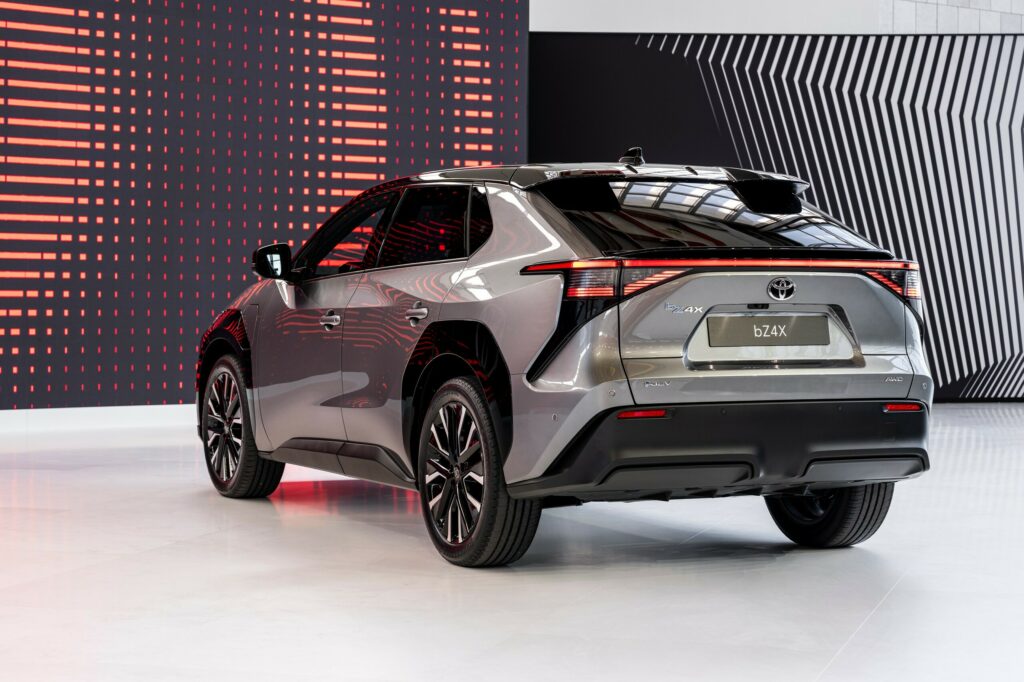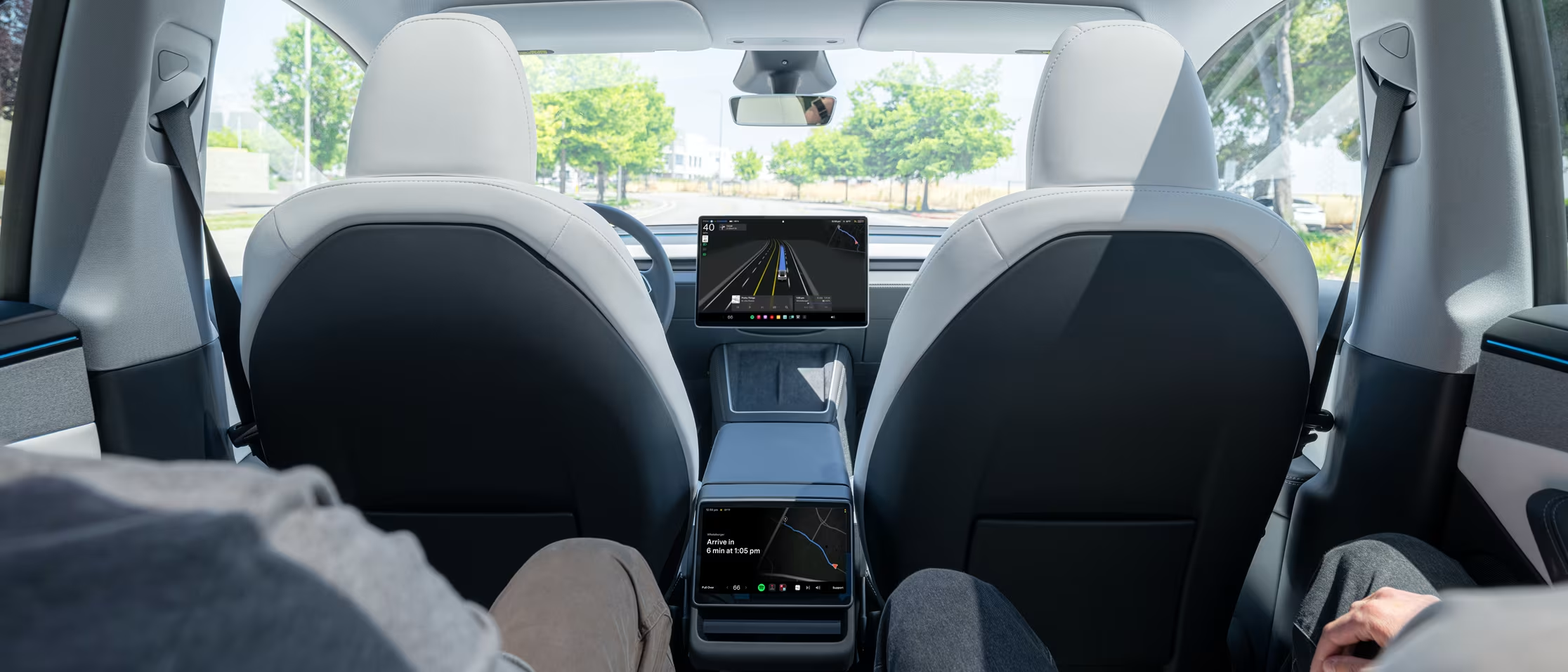Everyone Said Toyota Was Late To EVs, Now It’s About To Lead Them

- Toyota plans to launch the world’s first all-solid-state battery EV by 2027.
- New batteries promise faster charging, longer range, and greater durability.
- Other carmakers, like BMW and Honda, are also developing solid-state cells.
Toyota has come under plenty of criticism in recent years for not making the shift to electric powertrains as quickly as some of its competitors. However, the world’s largest car manufacturer continues to invest heavily in EV technologies, doubling down on its commitment to launch new models with all-solid-state batteries in 2027-2028.
Since 2021, Toyota has been working with Japanese mining company Sumitomo Metal Mining on the cathode materials needed for solid-state batteries. These batteries, primarily composed of a cathode, anode, and solid electrolyte, have long been considered the holy grail of electric vehicles.
Smaller, Lighter, Faster
Beyond improving range, solid-state batteries are expected to be smaller, lighter, and charge faster than today’s lithium-ion packs. The technology is also said to deliver higher output and longer life.
Toyota recently signed a new agreement with Sumitomo Metal Mining to accelerate the mass production of these cathode materials, taking another step toward commercializing the technology.
Read: Toyota Partners With Japanese Petroleum Giant To Develop Solid-State Batteries For EVs
Toyota and Sumitomo say that through the use of powder synthesis technology, they have been able to develop a “highly durable cathode material” that can be mass-produced for these batteries. The collaboration builds on Sumitomo’s experience supplying cathode materials for existing EVs, now adapted to the stricter requirements of solid-state production.
It’s not just its work with Sumitomo that will allow Toyota to commercialize solid-state batteries. Since 2013, it has also been working alongside Japanese oil product Idemitsu Kosan on the new technology.
Idemitsu Kosan is developing lithium sulfide for use in batteries and plans to build a large plant capable of producing 1,000 metric tons of the material annually. Mass production is expected to start in 2027.

A previous roadmap published by Toyota indicated that its first generation of solid-state batteries launching in 2027-2028 will allow for 1,000 km (621 miles) worth of range, all while having the ability to charge from 10-80 percent in just 10 minutes.
The second generation is projected to exceed 1,200 kilometers (745 miles), signaling a substantial leap in energy density and efficiency.
In a statement, Toyota and Sumitomo said they are currently focusing on improving the “performance, quality, and safety of cathode materials for all-solid-state batteries, as well as reducing costs for mass production.” They aim to “achieve the world’s first practical use of all-solid state batteries in BEVs.”
Global Race For Solid-State Supremacy
While Toyota hopes to lead the transition, several global automakers are pursuing the same goal. BMW, Honda, Stellantis and Mercedes are investing heavily in solid-state technology, with some already testing prototype vehicles. Recently, MG launched the second-generation MG4 with semi-solid-state batteries that use around five percent liquid electrolyte.
Note: For anyone wondering, the opening image shows a pear-shaped lab flask containing a sample of solid-state battery material. Toyota included the photo in a release about its all-solid-state battery program.
Despite online jokes about the shape, it’s actually a standard scientific container used for drying and storing chemical samples during testing and production. The powder inside is cathode or electrolyte material destined for Toyota’s next-generation solid-state EV batteries.































